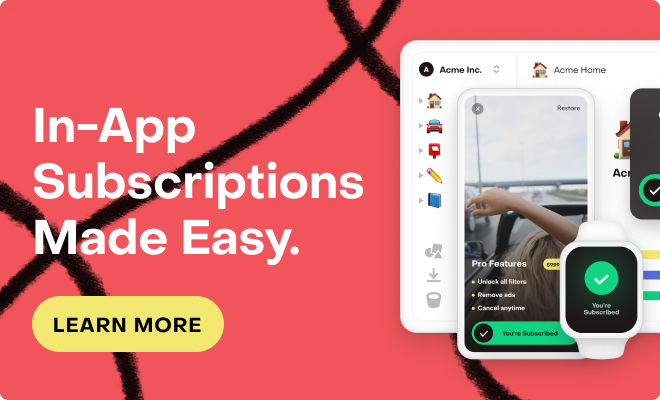A common issue in my app has been that
1: The customer got charged
2: The purchase does not reach RevenueCat
3: The customer reaches out to support.
4: I ask them to restore purchases and everything is synced correctly.
I did read the article here:
But it doesn’t contain much details on how to detect the error. I also reached out to support about this issue and got a pretty unhelpful response from support (and did not get any comment on my follow up emails).
“Restoring transactions is our recommendation here. Unfortunately Apple and Google's in-app purchase process makes this a necessity. Beyond that, we don't have any general recommendations.…... Are users are complaining about not getting an entitlement after purchasing? Maybe an action item here is to show UI recommending the user to restore purchases if no entitlements are detected after a purchase. You can get creative here but outside of restoring purchases there's not much else to do..”
Is there a way to detect if the user purchased, but no entitlements were unlocked? Is there any particular error code that might be thrown in this case, so I know when to ask the user to restore? Does anyone have code in place to handle this issue?
Best answer by ryan
View original



